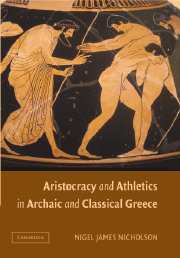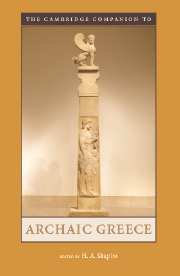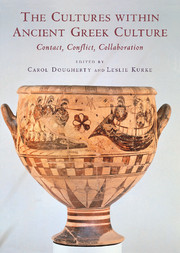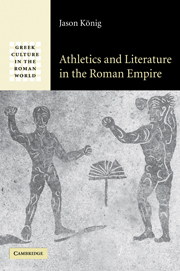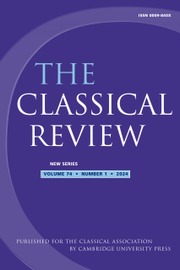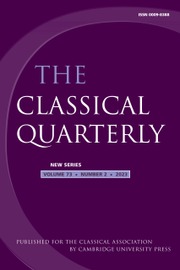Aristocracy and Athletics in Archaic and Classical Greece
Athletics represented an important institution through which the Greek aristocracies sought to maintain their privileged political position. Victory, however, had always involved the use of others, such as charioteers, jockeys, and trainers, and in the late archaic and early classical period the relationship between the victors and these helpers changed radically. This threatened the political value of athletics and thus undermined the utility of the institution for aristocrats. Nigel Nicholson examines how aristocrats responded to these changes through a study of victory memorials. New Historicist in method, the book draws on odes, dedications, vases, and coins, as well as anecdotes about the victors. It asks how the vulgar details of winning are represented by the memorials, and it assumes that the value of athletics was always under threat, from groups both inside and outside the elite. The result is a fascinating look at one area of social struggle in ancient Greece.
- New historics study
- Joins work on Pindar's odes with work on ancient athletics
- Produces readings of various memorials
Reviews & endorsements
Review of the hardback: 'Aristocracy and Athletics is a valuable addition to scholarship on the agonistic culture of the 6th and 5th centuries BC, and on ancient epinikian … The argument of the book is pursued with an impressive single-mindedness and clarity; and one of its most attractive features is its comprehensiveness.' Bryn Mawr Classical Review
Product details
September 2005Hardback
9780521845229
296 pages
229 × 152 × 17 mm
0.57kg
Available
Table of Contents
- Part I. Charioteers, Mule-Cart Drivers and Jockeys:
- 1. Missing persons
- 2. Carrhotus and Cnopiadas
- 3. Nicomachus
- 4. Phintis
- 5. Pherenicus and Lycus
- Part II. Athletic Trainers:
- 6. More missing persons
- 7. Melesias
- 8. Menander
- 9. Chiron and Athena.

